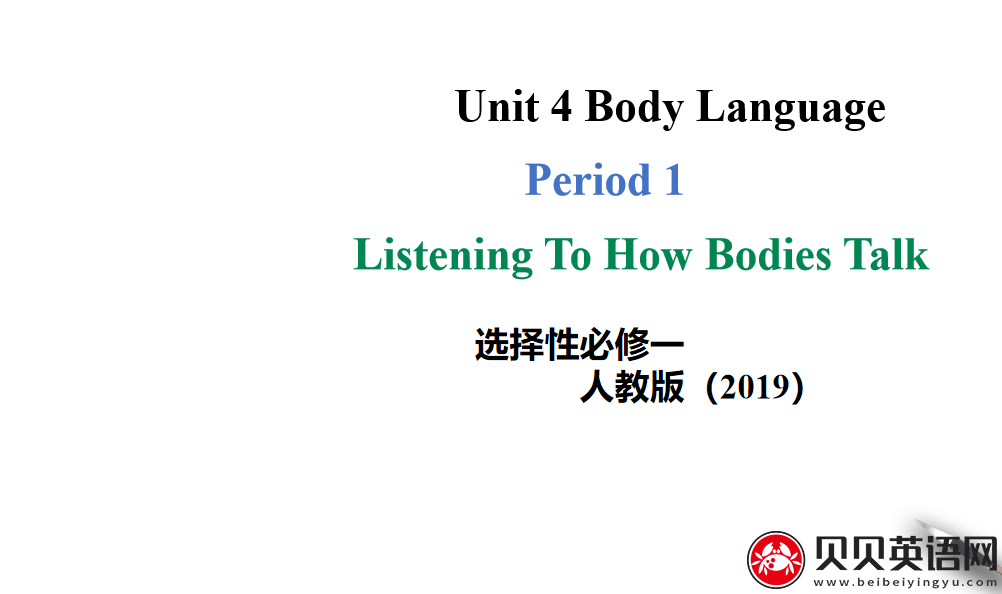欢迎访问贝贝英语网!

Pay attention to the core words. The first and the last paragraphs are very important, especially the first and last sentences of each paragraph.
We use both words and body language to express our thoughts and opinions and to communicate with other people. We can learn about what a person is thinking by watching his or her body language. Words are important, but the way a person stands, folds his or her arms, or moves his or her hands can also give us information about his or her feelings.
Just like spoken language, body language varies from culture to culture. The crucial thing is using body language in a way that is appropriate to the culture you are in. For example, making eye contact— looking into someone’s eyes —in some countries is a way to display
interest. In other countries, by contrast, eye contact is not always approved of. For example, in many Middle Eastern countries, men and women are not socially permitted to make eye contact. In Japan, it may demonstrate respect to look down when talking to an older person.
Even the gestures we use for “yes” and “no” differ around the world. In many countries, shaking one’s head means “no”, and nodding means “yes”. By comparison, in Bulgaria and southern Albania, the gestures have the opposite meaning. There are also differences in how we touch each other, how close we stand to someone we are talking to, and how we act when we meet or part.
In countries like France and Russia, people may kiss their friends on the cheek when they meet. Elsewhere, people favour shaking hands, bowing from the waist, or nodding the head when they meet someone else.
Can you think of an example of body language that is appropriate in China but might be misunderstood in another culture?